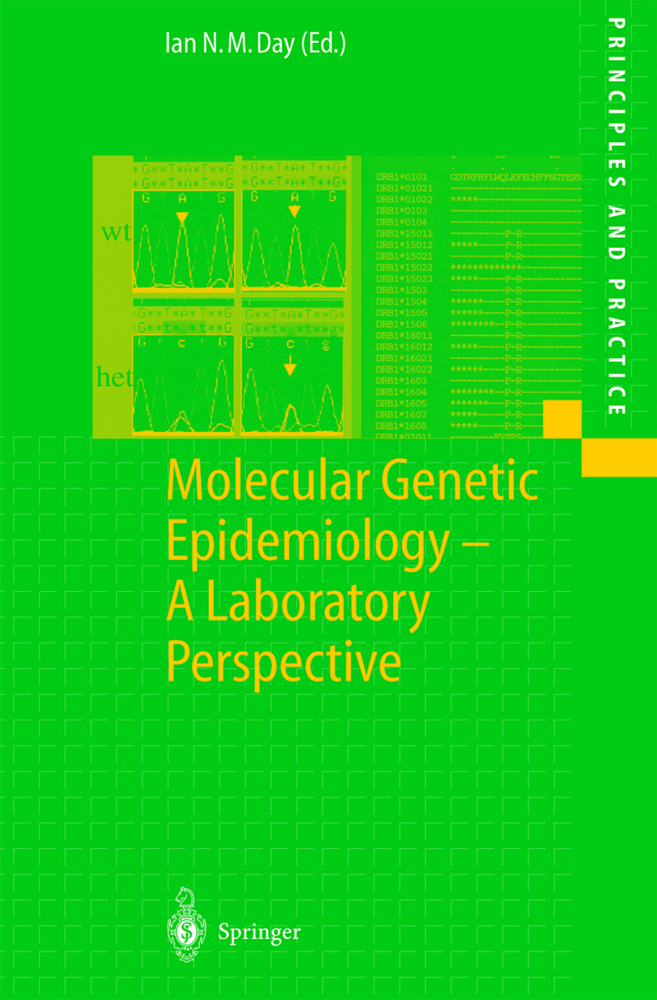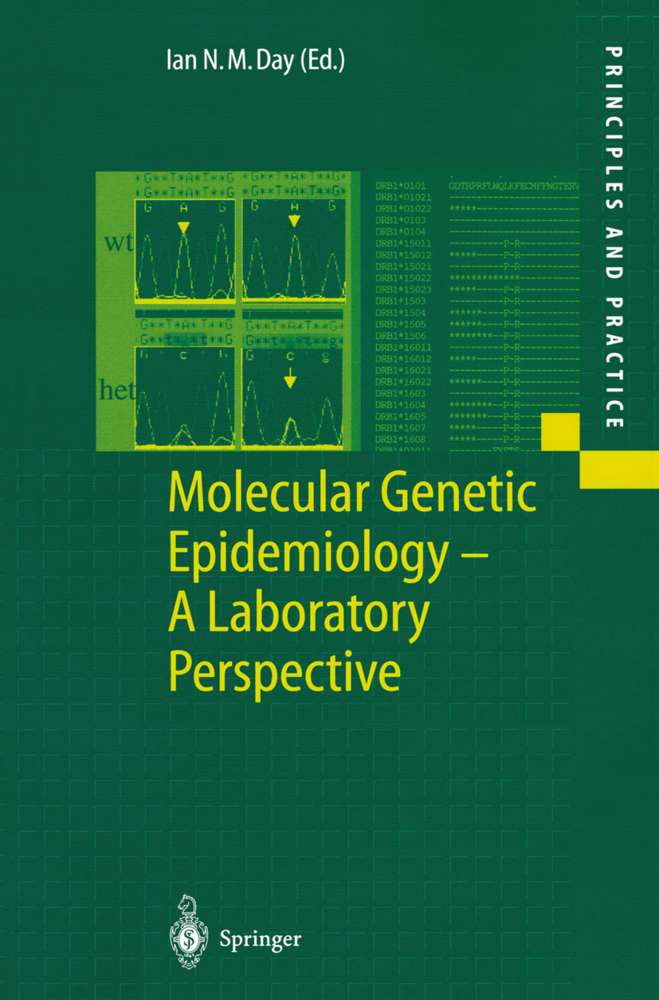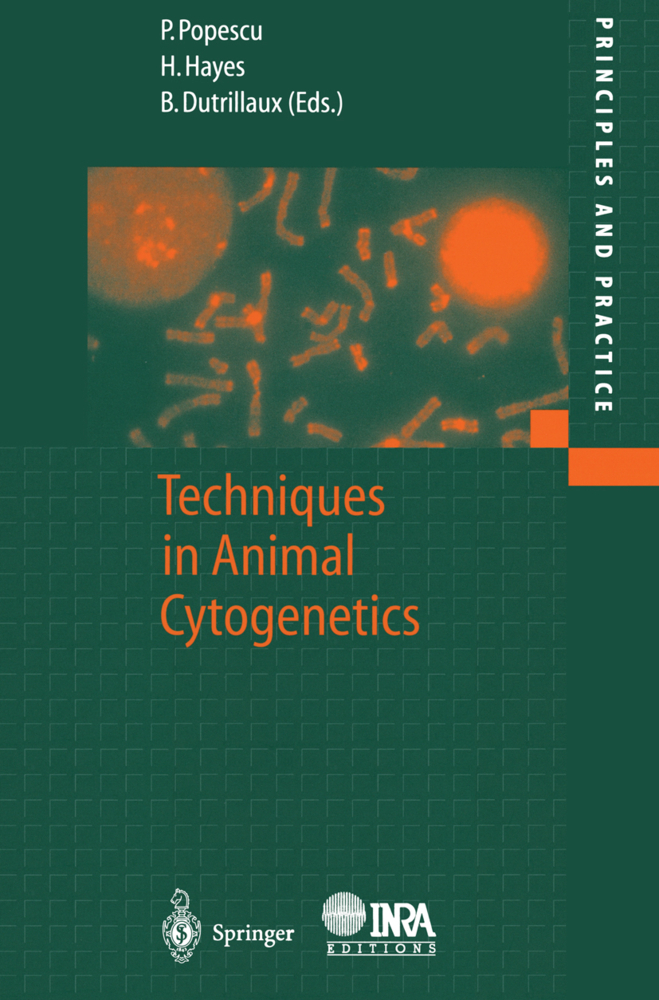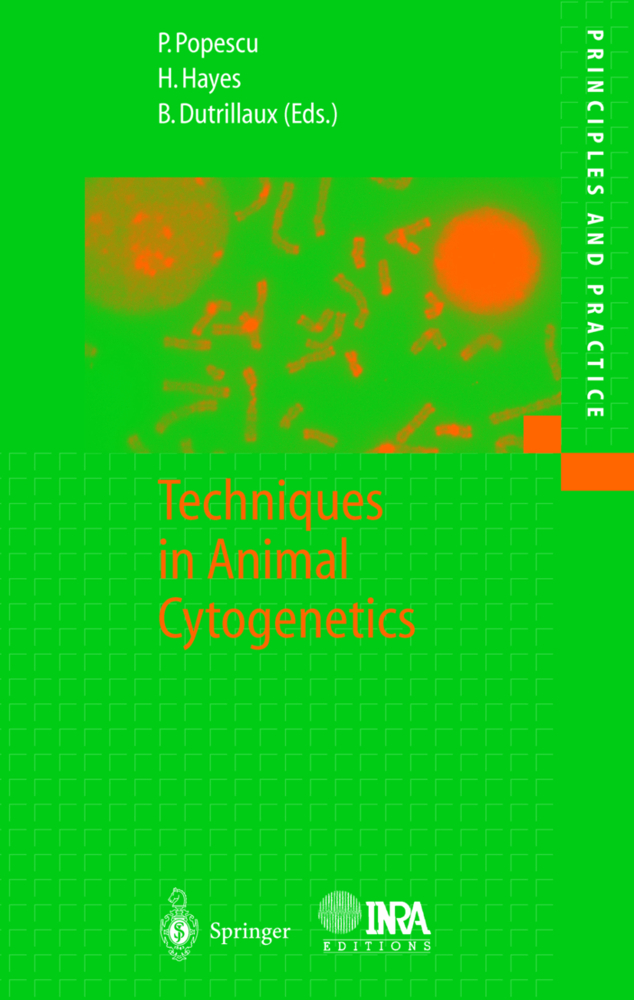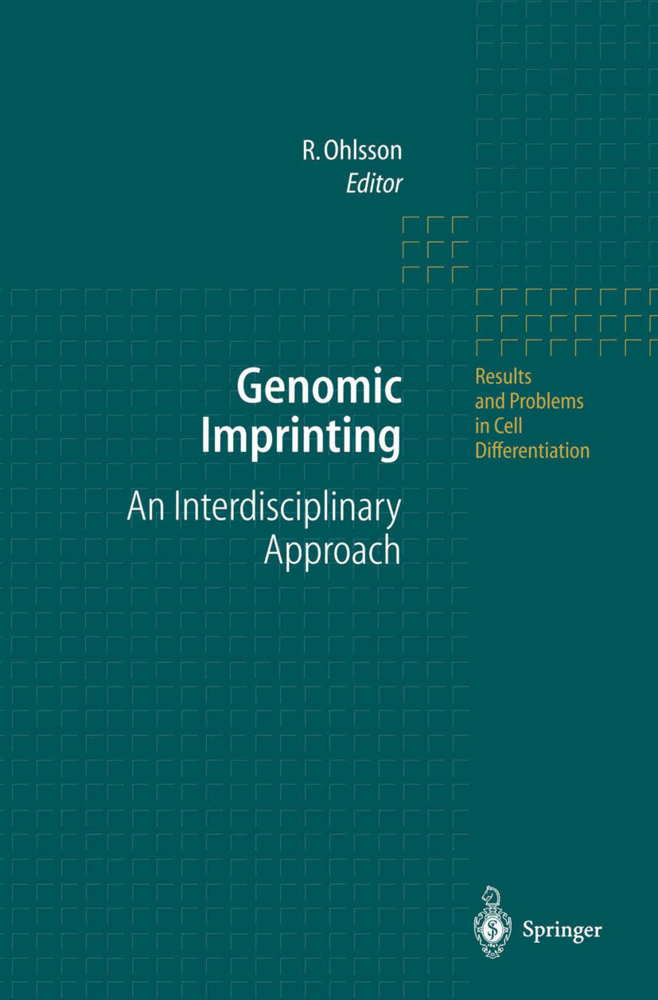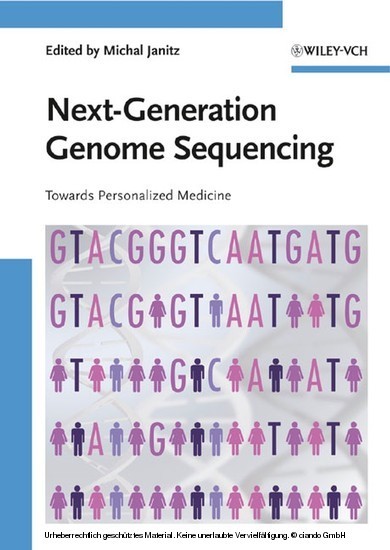Molecular Genetic Epidemiology
A Laboratory Perspective
Molecular Genetic Epidemiology
A Laboratory Perspective
This volume describes high-throughput approaches to a series of robust, established methodologies in molecular genetic studies of population samples. Such developments have been essential not only to linkage and association studies of single-gene and complex traits in humans, animals and plants, but also to the characterisation of clone banks, for example in mapping of genomes. Chapters have been written by developers or highly experienced end-users concerned with a diverse array of biological applications. The book should appeal to any researcher for whom costs and throughput in their genetics laboratory have become an issue.
1.2 Power and Sampling Considerations
1.3 Models of Locus Action
1.4 Maximum Likelihood Estimation
1.5 Allelic Association
1.6 The Malecot Model for Association
1.7 Candidate Genes for Allelic Association
1.8 Significance Levels
1.9 Meta-Analysis
1.10 Informatics
1.11 Summary
References
2 Human DNA Sampling and Banking
2.1 Introduction
2.2 A Brief History of DNA Research
2.3 Goals and Needs of Human Population Genetics
2.4 Selection of the Source Tissue
2.5 A Fundamental Change in Sampling Methodology
2.6 DNA Isolation and Purification
2.7 Sample Storing
2.8 Sample Banking
References
3 Microsatellite Genotyping
3.1 Introduction
3.2 Microsatellite Markers
3.3 The Genotyping Process - Experimental Considerations
3.4 Data Analysis
3.5 Data Management
3.6 Hardware
3.7 Future Developments
3.8 Applications
References
4Minisatellite and Microsatellite DNA Fingerprinting
4.1 Introduction
4.2 Blood Grouping
4.3 DNA Fingerprinting - The Discovery
4.4 DNA Fingerprinting - The Applications
4.5 An Explosion of DNA Fingerprinting Sequences
4.6 Shortcomings of Multilocus Probes
4.7 Single Locus Probes - DNA Profiling
4.8 Europe and the USA Disagree
4.9 Lessons from the Castro Case
4.10 Impact of PCR
4.11 Digital DNA Typing
4.12 Short Tandem Repeat Profiling
4.13 The UK National DNA Database
4.14 STR Profiling Applications
4.15 The Future
References
5 Multiplex Polymerase Chain Reaction and Immobilized Probes: Application to Cardiovascular Disease
5.1 Introduction
5.2 Multiplex Polymerase Chain Reaction (PCR) Methodology
5.3 Sequence-Specific Oligonucleotide Probe (SSOP) Methodology
5.4 Example: Candidate Markers of CVD Risk
5.5 Summary
References
6 The Special Case of HLA Genes: Detection and Resolution of Multiple Polymorphic Sites in a Single Gene
6.1 Introduction
6.2 The HLA System
6.3 Requirement for HLA Genotyping: Historical Perspectives
6.4 PCR-based Approaches to HLA Genotyping
6.5 A PCR-SSOP-Based Strategy for HLA Class II Typing Using DNA Derived from Archival Tissue Banks
6.6 Concluding Remarks
References
7 Microplate Array Diagonal Gel Electrophoresis (MADGE) Methodologies: The First Five Years
7.1 Introduction
7.2 Microplate Array Diagonal Gel Electrophoresis (MADGE)
7.3 CpG-PCR
7.4 Temporal Thermal Ramp MADGE Electrophoresis (Melt-MADGE)
7.5 Software Applications (Applies to All MADGE Not Just Melt-MADGE)
7.6 Future Developments
References
8 The Use of Sequence Analysis for Homozygote and Heterozygote Base Variation Discovery
8.1 Introduction
8.2 Sequence Analysis: a Polymorphism Discovery Method
8.3 Key Advancements in Sequencing Technologies: Chemistries, Hardware, and Software
8.4 Heterozygote and Homozygote Polymorphism Base Calling
8.5 Strategies for Sequencing-Based PolymorphismDetection
8.6 Summary and Outlook: To Sequence or Not To Sequence - This Is Not in Question
References.
1 Mapping Genes for Common Diseases: Statistical Planning, Power, Efficiency and Informatics
1.1 Introduction1.2 Power and Sampling Considerations
1.3 Models of Locus Action
1.4 Maximum Likelihood Estimation
1.5 Allelic Association
1.6 The Malecot Model for Association
1.7 Candidate Genes for Allelic Association
1.8 Significance Levels
1.9 Meta-Analysis
1.10 Informatics
1.11 Summary
References
2 Human DNA Sampling and Banking
2.1 Introduction
2.2 A Brief History of DNA Research
2.3 Goals and Needs of Human Population Genetics
2.4 Selection of the Source Tissue
2.5 A Fundamental Change in Sampling Methodology
2.6 DNA Isolation and Purification
2.7 Sample Storing
2.8 Sample Banking
References
3 Microsatellite Genotyping
3.1 Introduction
3.2 Microsatellite Markers
3.3 The Genotyping Process - Experimental Considerations
3.4 Data Analysis
3.5 Data Management
3.6 Hardware
3.7 Future Developments
3.8 Applications
References
4Minisatellite and Microsatellite DNA Fingerprinting
4.1 Introduction
4.2 Blood Grouping
4.3 DNA Fingerprinting - The Discovery
4.4 DNA Fingerprinting - The Applications
4.5 An Explosion of DNA Fingerprinting Sequences
4.6 Shortcomings of Multilocus Probes
4.7 Single Locus Probes - DNA Profiling
4.8 Europe and the USA Disagree
4.9 Lessons from the Castro Case
4.10 Impact of PCR
4.11 Digital DNA Typing
4.12 Short Tandem Repeat Profiling
4.13 The UK National DNA Database
4.14 STR Profiling Applications
4.15 The Future
References
5 Multiplex Polymerase Chain Reaction and Immobilized Probes: Application to Cardiovascular Disease
5.1 Introduction
5.2 Multiplex Polymerase Chain Reaction (PCR) Methodology
5.3 Sequence-Specific Oligonucleotide Probe (SSOP) Methodology
5.4 Example: Candidate Markers of CVD Risk
5.5 Summary
References
6 The Special Case of HLA Genes: Detection and Resolution of Multiple Polymorphic Sites in a Single Gene
6.1 Introduction
6.2 The HLA System
6.3 Requirement for HLA Genotyping: Historical Perspectives
6.4 PCR-based Approaches to HLA Genotyping
6.5 A PCR-SSOP-Based Strategy for HLA Class II Typing Using DNA Derived from Archival Tissue Banks
6.6 Concluding Remarks
References
7 Microplate Array Diagonal Gel Electrophoresis (MADGE) Methodologies: The First Five Years
7.1 Introduction
7.2 Microplate Array Diagonal Gel Electrophoresis (MADGE)
7.3 CpG-PCR
7.4 Temporal Thermal Ramp MADGE Electrophoresis (Melt-MADGE)
7.5 Software Applications (Applies to All MADGE Not Just Melt-MADGE)
7.6 Future Developments
References
8 The Use of Sequence Analysis for Homozygote and Heterozygote Base Variation Discovery
8.1 Introduction
8.2 Sequence Analysis: a Polymorphism Discovery Method
8.3 Key Advancements in Sequencing Technologies: Chemistries, Hardware, and Software
8.4 Heterozygote and Homozygote Polymorphism Base Calling
8.5 Strategies for Sequencing-Based PolymorphismDetection
8.6 Summary and Outlook: To Sequence or Not To Sequence - This Is Not in Question
References.
Day, Ian N.M.
| ISBN | 978-3-540-41388-2 |
|---|---|
| Artikelnummer | 9783540413882 |
| Medientyp | Buch |
| Copyrightjahr | 2001 |
| Verlag | Springer, Berlin |
| Umfang | XII, 214 Seiten |
| Abbildungen | XII, 214 p. 205 illus., 1 illus. in color. |
| Sprache | Englisch |

